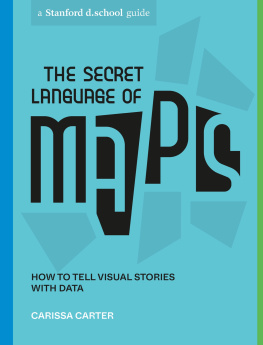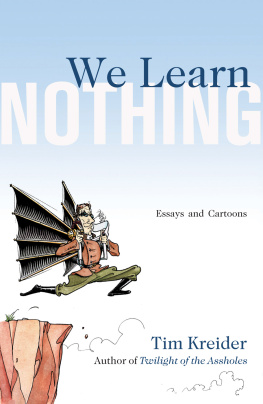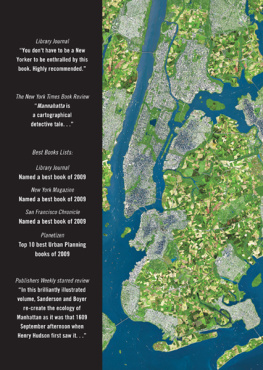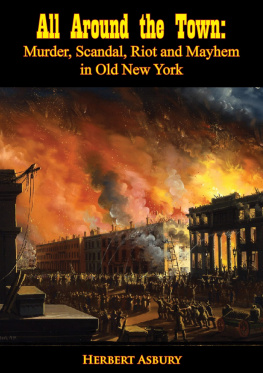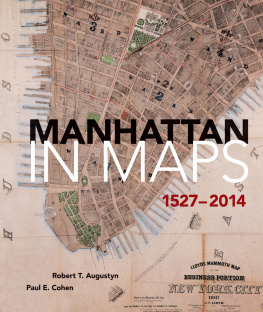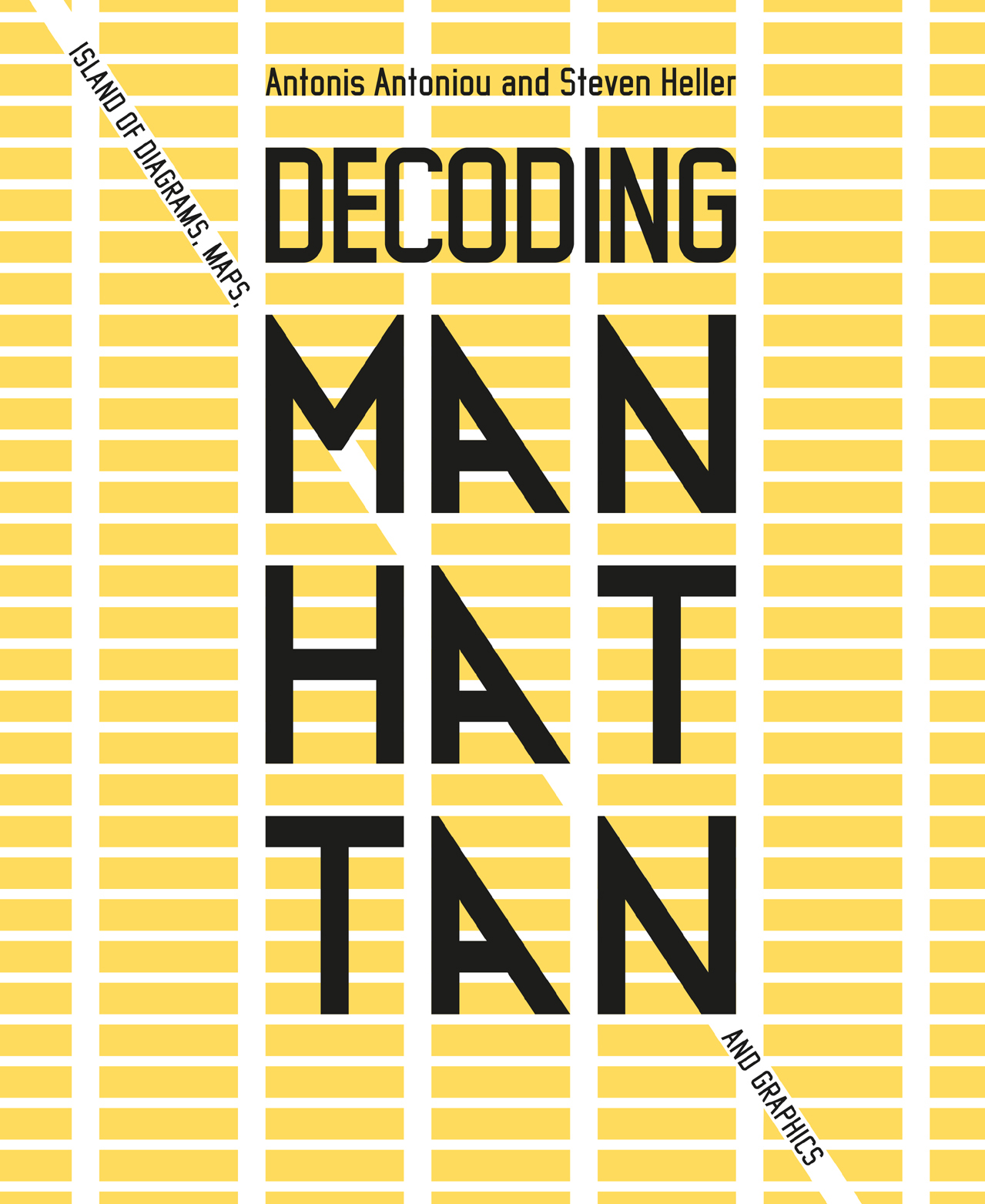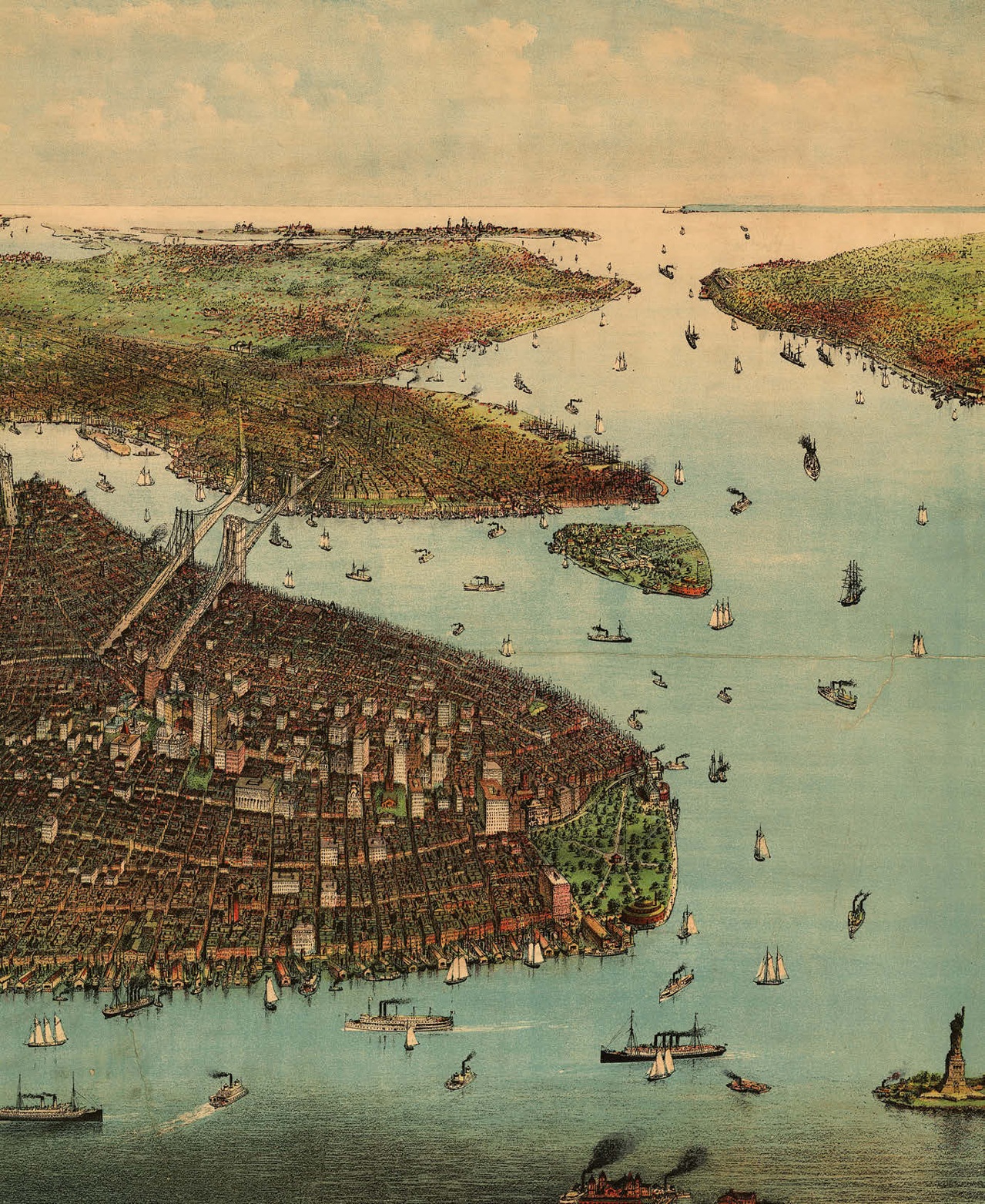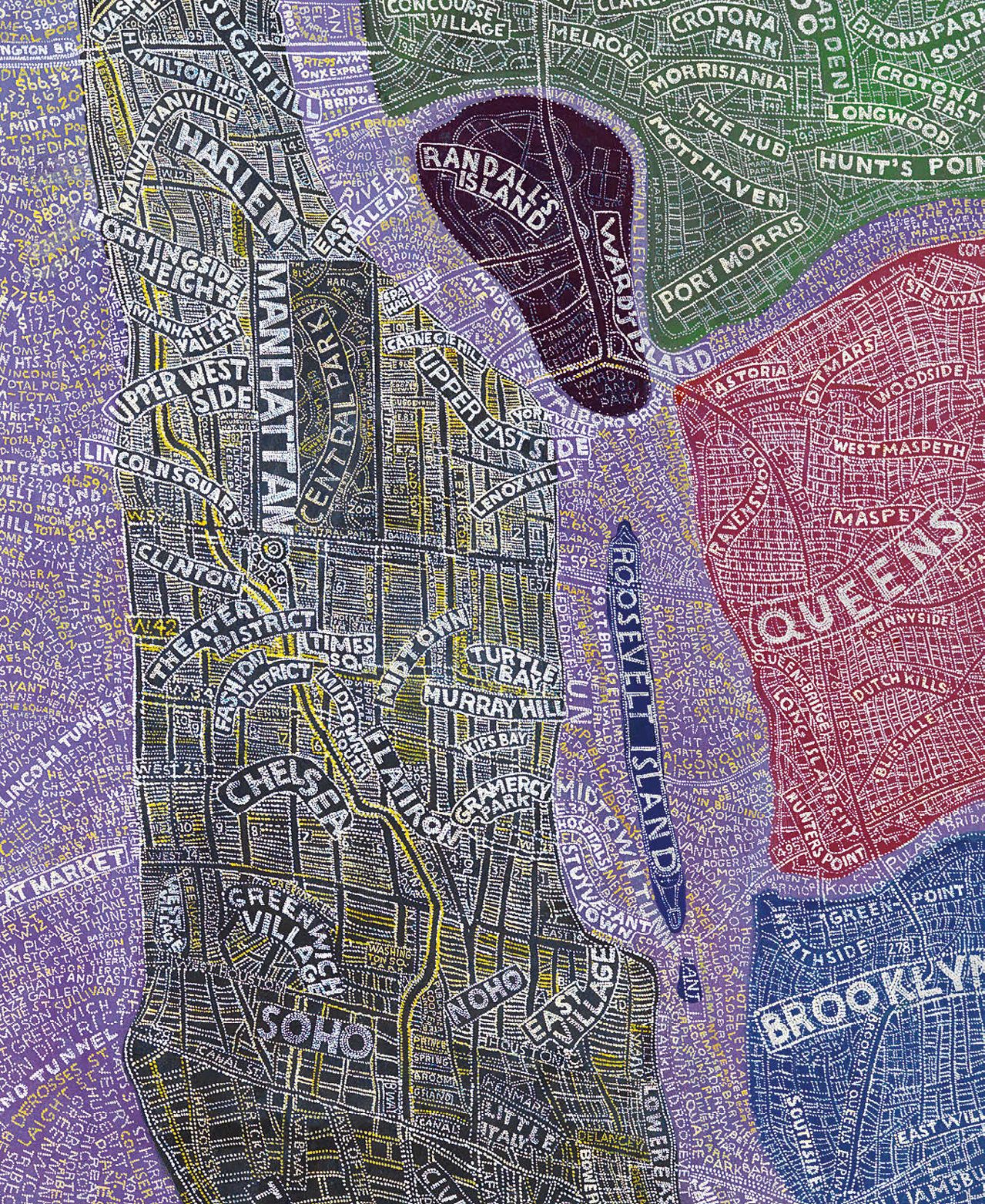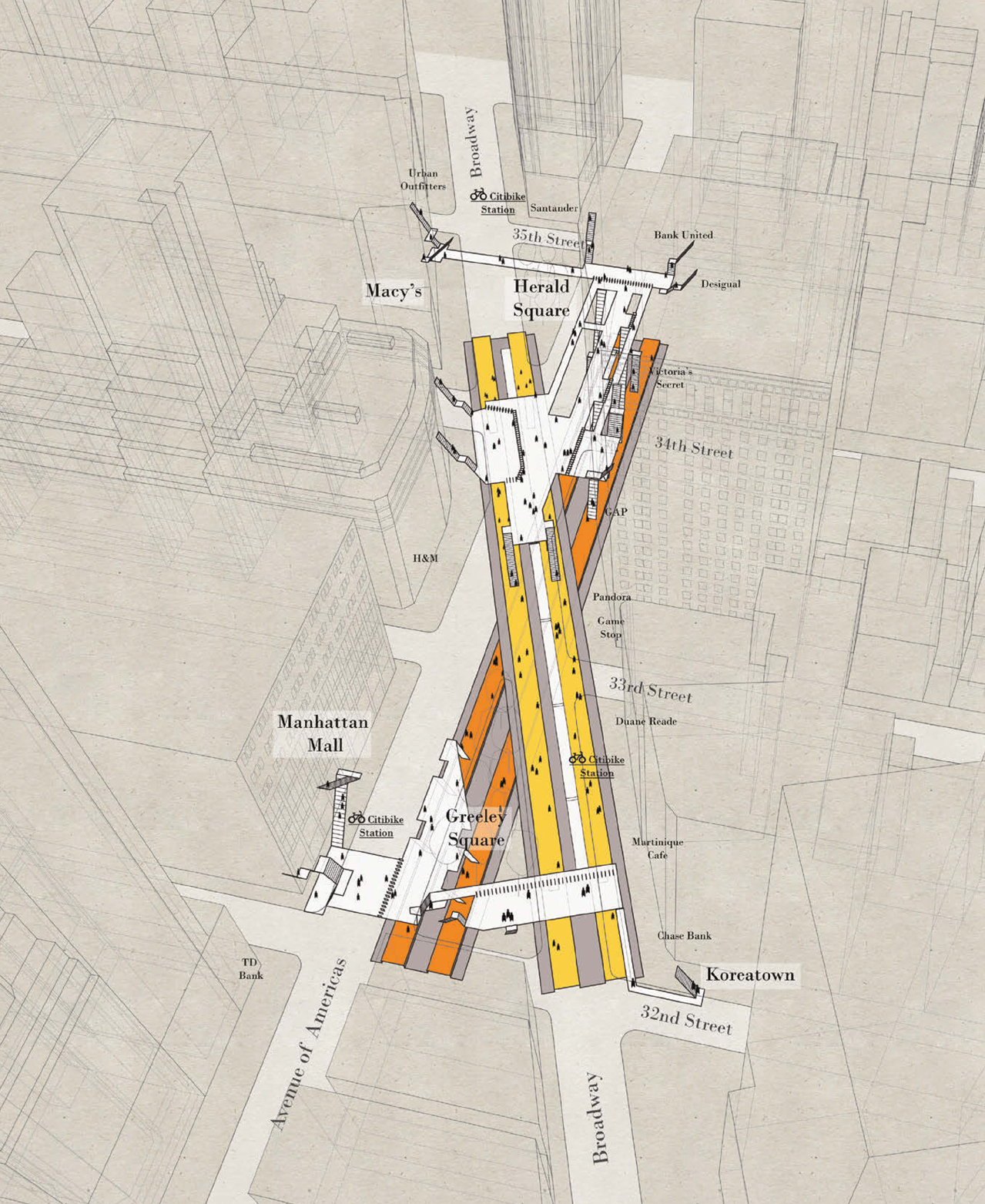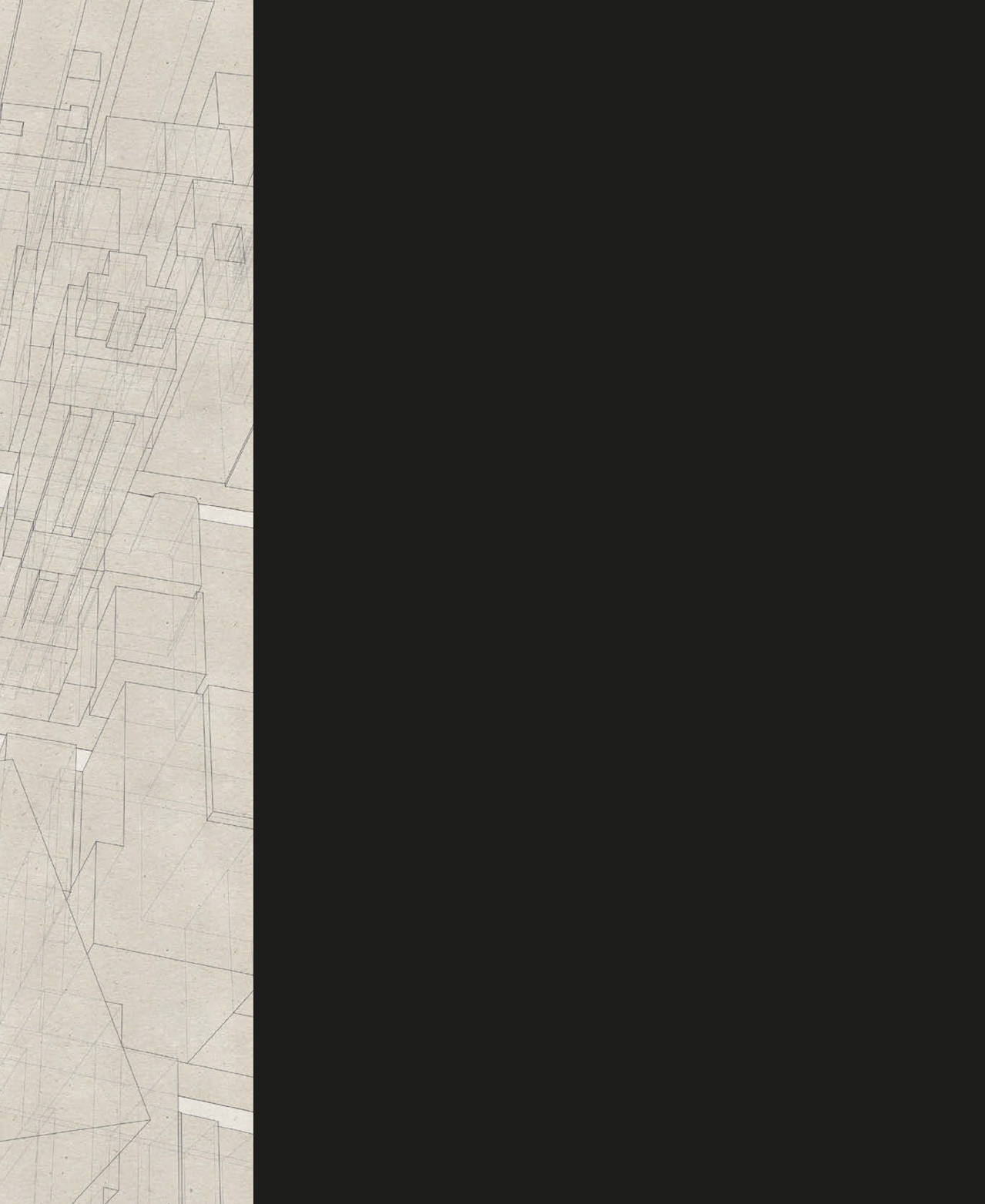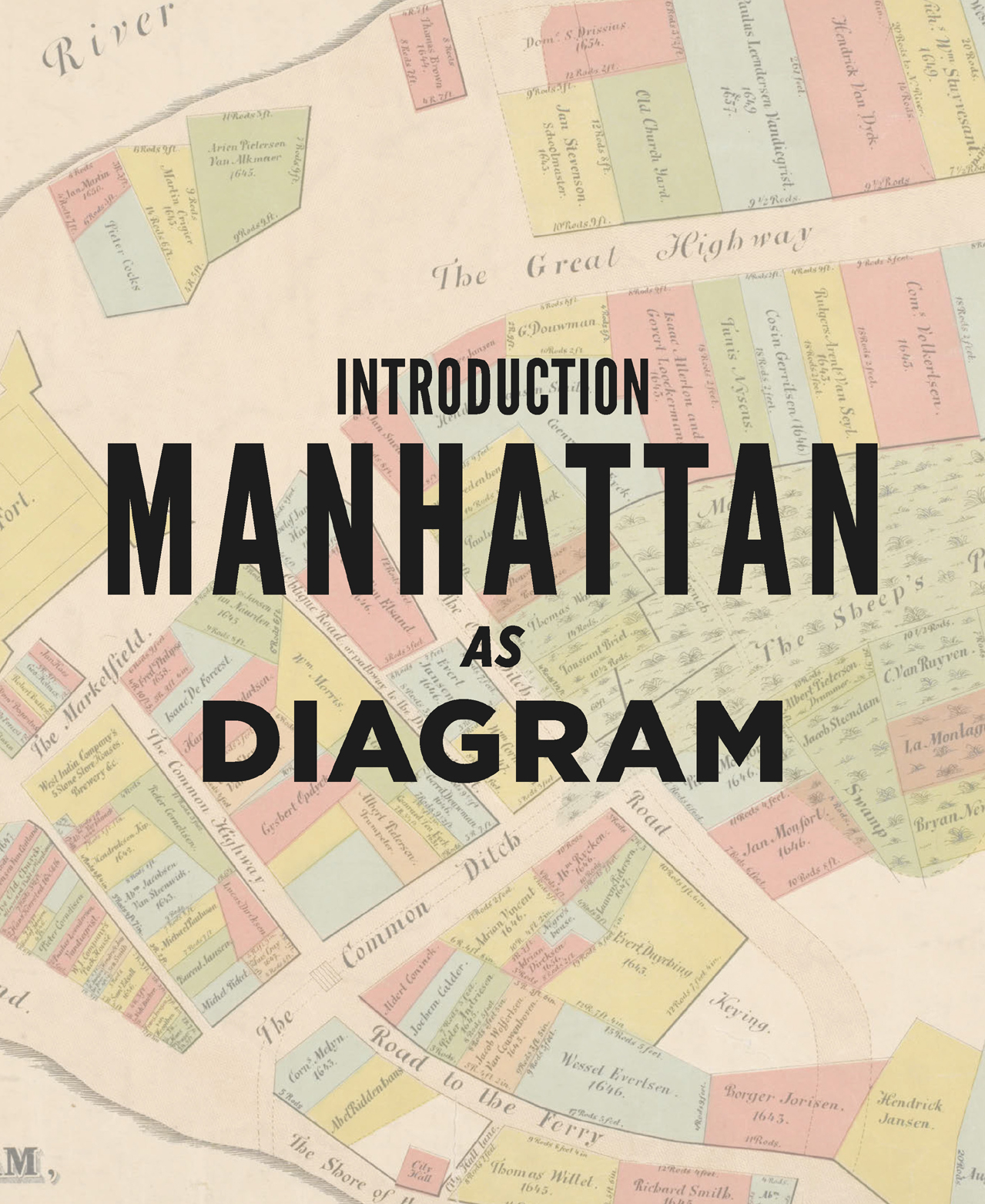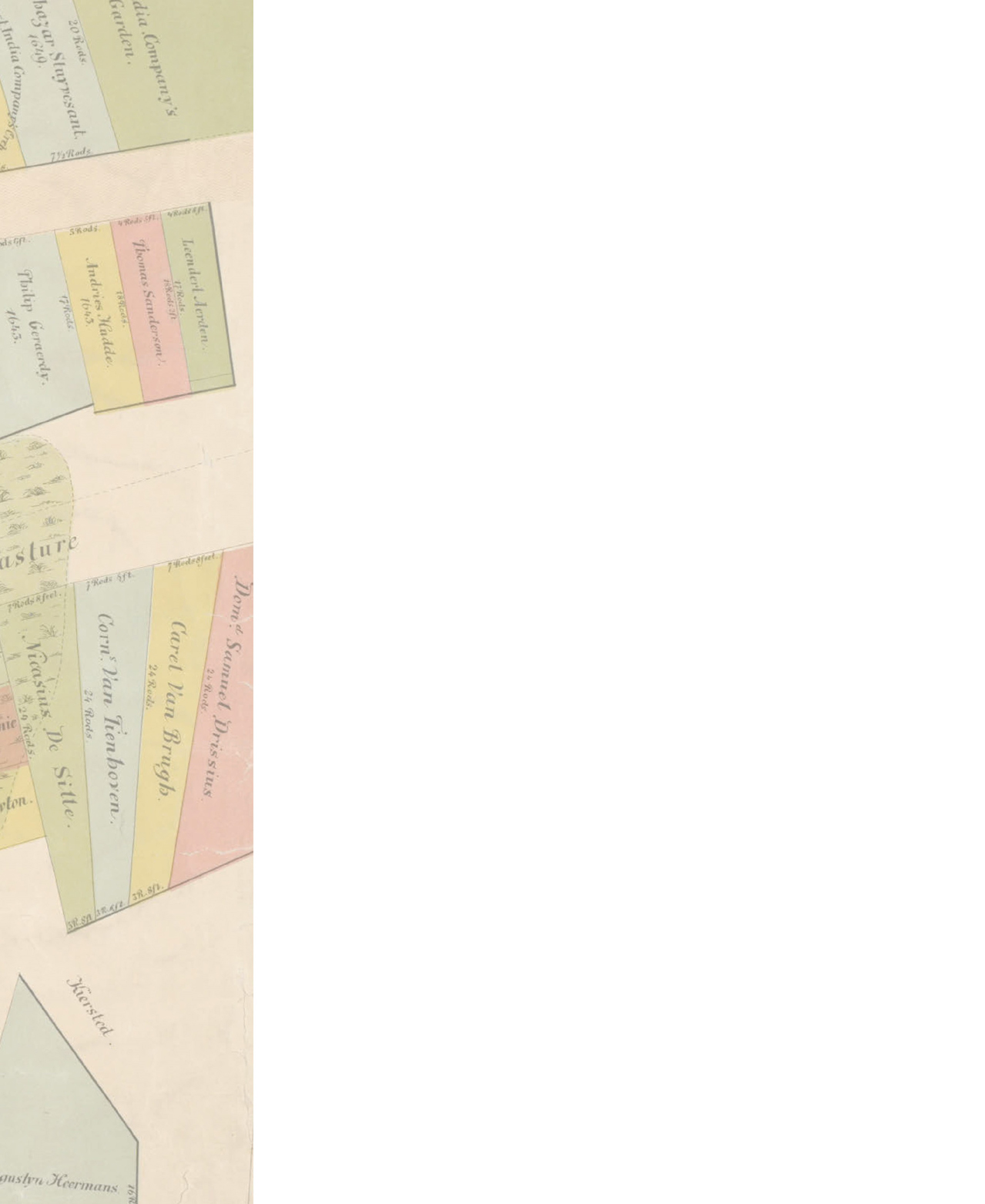
E
VEN A LONGTIME MANHATTANITE IS LIKELY TO SUFFER THE
same geographical disorientation as a first-time visitor from time
to time. When that happens, it can be surprisingly easyone
might say democraticto correct ones internal GPS and quickly
find a way to get from point A to point Z. Brooklyn, Queens, the Bronx,
and Staten Island are mazes of streets, terraces, courts, plazas, boulevards,
and culs-de-sac that defeat logical maneuvering; Manhattans street grid
is a wayfinding marvel. Aside from the quaint historic winding lanes,
hidden cobblestone alleys, and converging intersections typical of vintage
downtown Manhattan, most (but not all) of the borough was planned
on such a rational formula, with numbered streets crossed by numbered
(more or less) avenues, that getting around can be as simple as reading
a street sign.
On maps and charts, Manhattan Island looks like an elongated chess
board with various anomalous protrusions. Its matrix of orthogonal
blocks, with a scattering of triangles, is largely filled in with rectangular
building lots. This is the diagrammatic foundation that, just as it helps the
wayfinder, shapes and shadows the charts, maps, graphics, cutaways, cross
sections, and other comparative and contemplative graphic depictions of
the city and its people, places, and things that you will find throughout
this book. Here, diagrams are keys to the city, providing fascinating, and
often surprising, insights into the inner and outer workings of Manhattan
from diverse perspectives, often with condensed and intense detail to sat-
isfy the most obsessive viewer. They show what is under the skin, behind
the curtain, below ground, or floating in air.
No word brings together these eclectic images more cohesively and
poetically than diagram . Diagrams have existed since the beginning of art
making. In recent yearsand notably with the advent of the computer
the genre has blossomed into a huge profession with its own specific
conventions and aesthetics, practicing what is known in the current
vernacular of design as data visualization and information graphics (and
at times information architecture), inventing friendly and accessible ways
to help us consume and digest our overabundance of data. In the end,
however, the new data viz is just more diagrams. In this book, the best
of the old and new sits side by side.
Diagrams explain the world, illuminating differences and similarities
among all sorts of things. The simplest chart can provide a visual clue to
help unravel the most convoluted phenomena, and yet, by virtue of visual
logic, the most intricate rendering may reduce complexity into digestible

forms. Further, we embrace diagrams not just to
understand how things work, but to also understand
how we work. These impersonal tools acquire indis-
pensable personal meaningsthey help us understand
the mechanics of our lives, illuminating experience
with criticism or humor. A Venn diagram will help us
define our place in the world, a flowchart can guide us
through a choice, a pie chart shows us how we spend
our time and moneythe applications of diagrams for
self-exploration are limitless and wondrous.
In the newspapers and magazines where many
of the diagrams in this book were originally published,
they were used to edify and entertain by combining
image and text within a single impactful graphic. As
Manhattans stories have been presented to the public
through graphics for decades, this diagrammatic
approach to journalism has shaped the global image
of the city.
In 1910, the New-York Tribune wished to impress
upon its readers the vast dimensions of the RMS
Titanic, then nearing completion in Belfast, Ireland,
and New York provided the perfect yardstick. Arthur
Ragland Momands illustration, Where Can We Dock
This Marine Monster When She Reaches the Port of
New York? (), is a cutaway view of the behe-
moth, comparing its bulk to existing and pass modes
of transportation, including a railroad train on her
upper deck and Henry Hudsons square-rigged Half
Moon resting crosswise, with her topmasts jutting
into one of the Titanic s dining rooms. The height
of the steamship is measured against a landmark
familiar to Tribune readers, the fourteen-story Postal
Telegraph Building on Broadway and Murray Street.
Even though it is now common to see huge oceangoing
apartment-house-sized vessels docked on Manhattans
Hudson River, this diagram, which alerted the public
that a new heavyweight contender was coming
to the worlds capital of bigness, has not lost any of
its impact.
In another eye-catching comparative diagram
celebrating bigness published in the Scientific Amer-
ican in 1906, illustrator C. McKnight-Smith showed
the Singer Building, then under construction and
the worlds tallest on completion, dwarfing a group
of world-famous monuments and looming over the
citys skyline (). As New York soared skyward,




